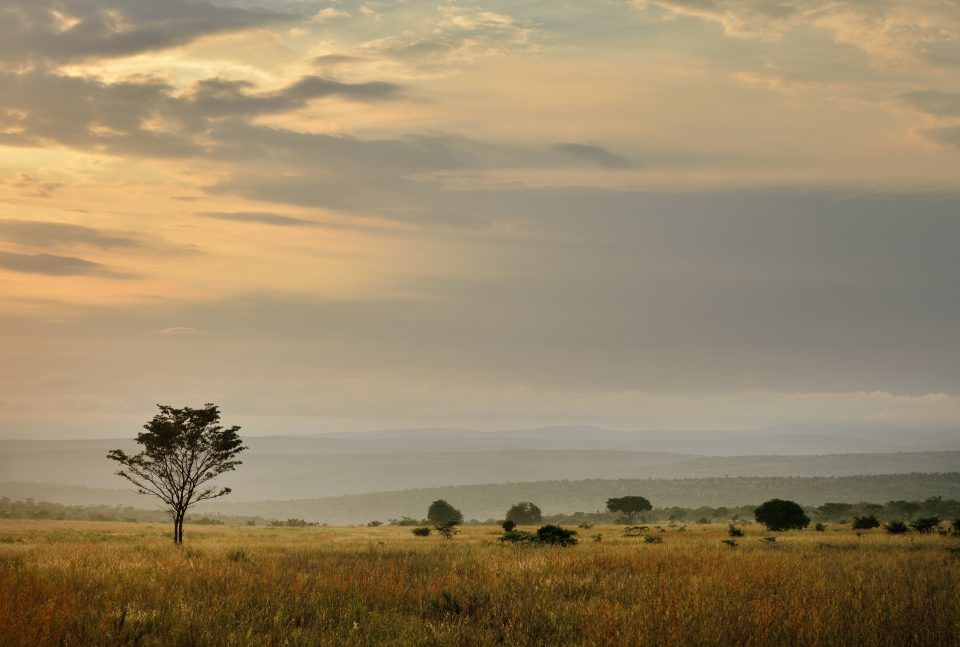South Africa’s Highveld is an enormous central plateau consisting of Free State and great tracts of the Northern Cape and Mpumalanga. Strictly speaking, the Waterberg Savannah Biosphere lies north of the main plateau, and is in parts higher or lower, but it shares many of the northern Highveld’s climatic characteristics, which is why we have included it in this section. Other destinations on the Highveld include Johannesburg and Pretoria.
Part of the reason why Johannesburg has survived its now dormant mining legacy is its climate. Generally fine the year round, Johannesburg is located at 1753m and experiences a subtropical highland climate, with an average of 713mm of rain a year and an average high temperature of 21°C. October through to April is when it rains, and these are the hotter months, but the rain generally comes in the afternoon, as thunderstorms, leaving the rest of the day bright and relatively rain free. The dry season runs from May to September, is much cooler (temperatures in June drop to around 16°C) and the nights can be possibly frosty. Note: August is when the winds come, and the air is intermittently filled with a fine dust, picked up from residual mining slag heaps.
Nearby Pretoria experiences an almost identical climate, only it is lower (1,350m) and – owing to being located in a valley that acts as a suntrap – warmer (average high temperature 25°C) and receives 674mm of rain per year. Thus, all that is true of Johannesburg is true of Pretoria – except the August dust, of course.
The Waterberg Savannah Biosphere has an altitudinal range of 830m and 2,085m, a mean annual precipitation level of 600mm and a daytime temperature range of between 14°C and 25°C. The dry season runs from May to September, with June and July relatively cool and August and September hot and humid. The wet season begins in November and finishes in March. April is autumn and a transition month while late September to early November is spring.
A tropical savannah and grasslands biosphere containing bushveld, wetlands, riverine forest and rocky cliff and outcrops, the Waterberg experiences dry and wet cycles spanning approximately an average of 8 years, and is currently (2011) 4 years into a wet cycle. While its levels of annual rainfall – which range between 485mm and 719mm – are not exceptional, there are plenty of permanent sources of water, and the water is of exceptional quality, all of which means that the Waterberg supports a largely residential game population, with internal migrations accounting for much of the movement. As with the Kruger, the dry season is excellent for game viewing, the wet season for birds and specialist game interest.
